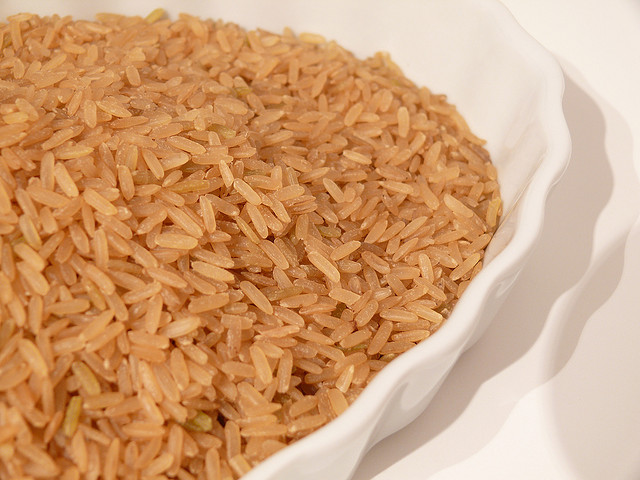What is Tu Na Breathing and How to Do It

Tu Na breathing is an ancient Chinese breathing technique that involves exhaling (tu) and inhaling (na). While it is often used in meditation and qigong practices, it is also a practice in its own right, and some consider it to be a predecessor of qigong.
Tu Na breathing is similar to deep breathing, but it emphasizes cleansing as well as breathing. When you inhale, you take a slow, deep breath through the nose, directing the air deep into the diaphragm and using it to stimulate the lower abdomen as if filling it with air. When you exhale, you release the breath through the mouth, sometimes blowing hard to remove any toxins that may be present.
In addition to promoting relaxation, Tu Na breathing is believed to offer several health benefits, including improving digestion, reducing stress and anxiety, and increasing energy levels. It is often used as a foundational practice in many traditional qigong exercises, as it helps to develop a deeper awareness of the body’s energy and promote the flow of qi energy.
Breathing is often overlooked, but it plays a crucial role in our overall health. By practicing Tu Na breathing, we can improve the quality of our breathing and nourish our bodies with more oxygen, which is essential for good health.
Here are the steps to perform Tu Na breathing:
Find a quiet, comfortable place to sit or stand with your back upright. If you are sitting, plant your feet firmly on the ground.
Take a slow, deep breath in through your nose, directing the air deep into the diaphragm and using it to stimulate the lower abdomen. You will notice that your belly expands as you inhale, rather than your chest.
Exhale slowly through your mouth, releasing the breath and any tension or negative energy from your body. If needed, blow hard to remove any toxins.
Hold your breath for a moment, then exhale slowly and completely, imagining any tension or negative energy leaving your body.
You can repeat this cycle of breathing for several minutes, gradually extending the length of your inhales and exhales as you become more comfortable with the technique.
Some people practice Tu Na breathing as natural breathing, known asl as belly breathing, or diaphragmatic breathing, involves directing the air to press against your diaphragm, deepening your breath and bringing in more oxygen. This technique also exercises your internal organs.
In this case, by practicing Tu Na breathing regularly, you can improve your breathing habits and promote better overall health. Remember to breathe naturally and not force the breath, allowing it to flow naturally. With practice, Tu Na breathing can become a calming and centering practice that you can do anytime, anywhere to help you feel more relaxed and focused.
Thanks to Aaron Gilson for the picture.







Thank you for sharing this – I have been thinking about how we are all just one breath away from death. Every breath is a miracle and life.